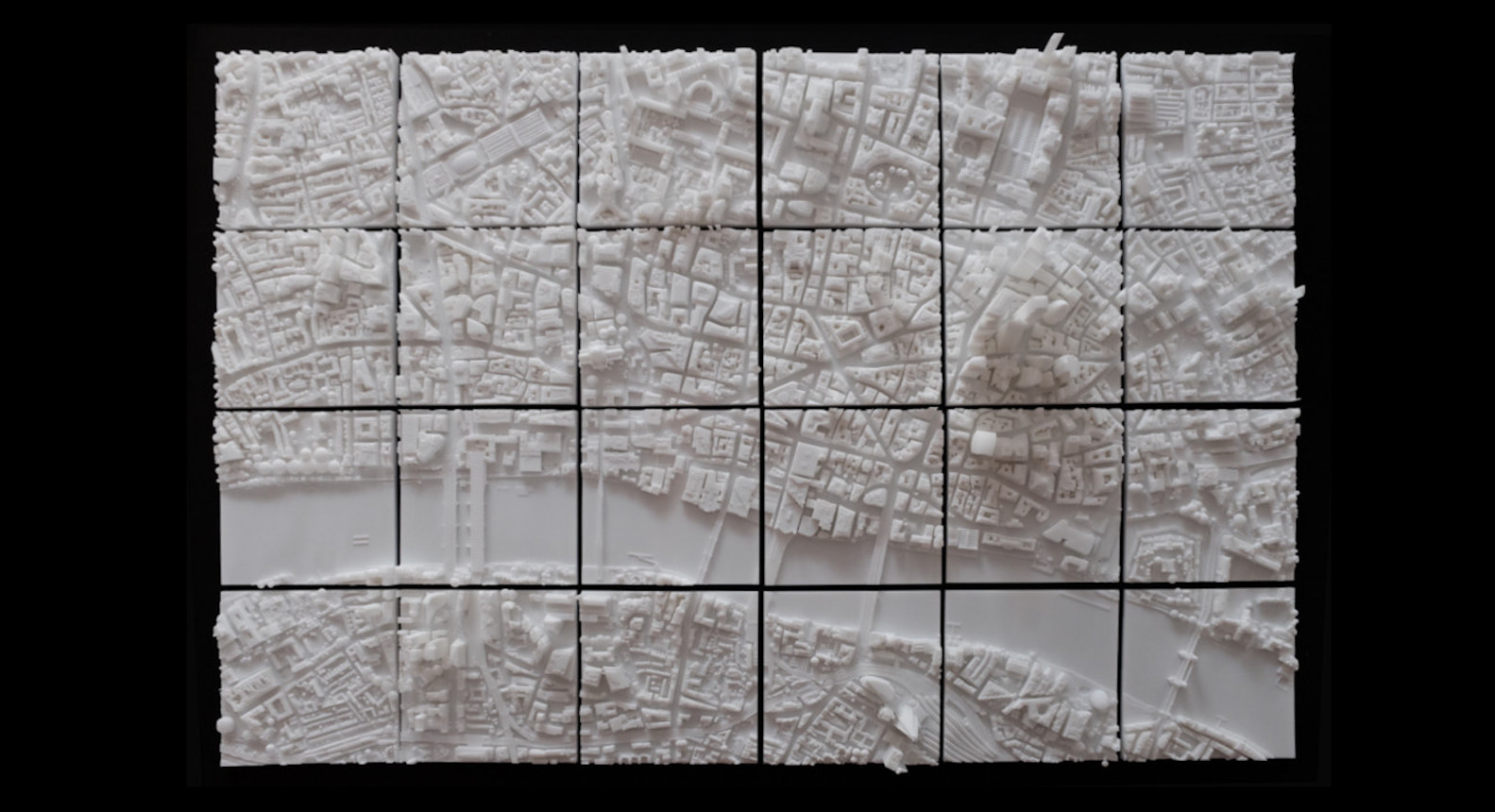Printing 3D models of buildings
Contents |
[edit] Introduction
Professions such as architects, landscape designers and other property experts used to rely on time-consuming, sometimes cumbersome techniques to create small-scale models of buildings. Now there is a more efficient option: the 3D printer. These devices can rapidly create accurate, fully-functional models of any almost any aspect of the built environment.
To get the best results, these simple steps should be followed.
[edit] Consider the building qualities
Before beginning printing, it is important to think about the characteristics of the structure that will be replicated. In particular consideration should be given to:
- The required size of the model.
- Important external features.
- Visual details of the interior.
- Important colours and patterns.
- Context model
It is only by recording as many of the significant details as possible, that the final 3D model will accurately represent the original vision.
[edit] Formulate a detailed blueprint
It is then necessary to create an accurate drawing so that the printer knows what to create. It is recommended that a computer aided design (CAD) program is used for this purpose as:
- The dimensions will be more accurate.
- It is possible to make adjustments more easily.
- The image can be viewed from all angles.
There are printing specialists that can help with this if necessary. Being involved in this stage can make their own job easier in the long run.
[edit] Find a suitable printing specialist
It is then necessary to find a locally-based agency specialising in 3D printing. These experts should have the following qualities and capabilities:
- A fully-equipped, modern workshop.
- Prototyping, engineering and design capabilities.
- An experienced, professional team.
- A keen eye for detail on all projects.
It is important to research which 3D printing specialists will be able to take on the project in a rapid, efficient and affordable way, producing an accurate scale model that properly replicates all the characteristics of the property.
[edit] Choose an appropriate method
Lastly, it is necessary to work with the chosen 3D printing specialist to determine exactly how to create the model. While they will certainly use the 3D printers they have in their workshops, they may also suggest the following techniques for certain parts:
- Computer Numerical Control (CNC) machining.
- Hand crafting.
It is also important to think about how to finish the model. For example, what colours will be used, will it be necessary to sand or polish the model and so on.
--Blueprint4d 03:21, 16 December 2014 (UTC)
[edit] Find out more
[edit] Related articles on Designing Buildings Wiki
- 3D concrete printer.
- 3D printed bridge.
- 3D printing
- Building information modelling.
- Computer aided design.
- Computer aided manufacturing.
- How can drones transform construction processes?
- Modular buildings.
- Off-site prefabrication of buildings: A guide to connection choices.
- Prefabrication.
- Rapid prototyping.
- WikiHouse.
Featured articles and news
Infrastructure that connect the physical and digital domains.
Harnessing robotics and AI in challenging environments
The key to nuclear decommissioning and fusion engineering.
BSRIA announces Lisa Ashworth as new CEO
Tasked with furthering BSRIA’s impressive growth ambitions.
Public buildings get half a million energy efficiency boost
£557 million to switch to cleaner heating and save on energy.
CIOB launches pre-election manifesto
Outlining potential future policies for the next government.
Grenfell Tower Inquiry announcement
Phase 2 hearings come to a close and the final report due in September.
Progress from Parts L, F and O: A whitepaper, one year on.
A replicated study to understand the opinion of practitioners.
ECA announces new president 2024
Electrical engineer and business leader Stuart Smith.
A distinct type of countryside that should be celebrated.
Should Part O be extended to existing buildings?
EAC brands heatwave adaptation a missed opportunity.
Definition of Statutory in workplace and facilities management
Established by IWFM, BESA, CIBSE and BSRIA.
Tackling the transition from traditional heating systems
59% lack the necessary information and confidence to switch.
The general election and the construction industry
As PM, Rishi Sunak announces July 4 date for an election.
Eco apprenticeships continue help grow green workforce
A year after being recognised at the King's coronation.
Permitted development rights for agricultural buildings
The changes coming into effect as of May 21, 2024.























